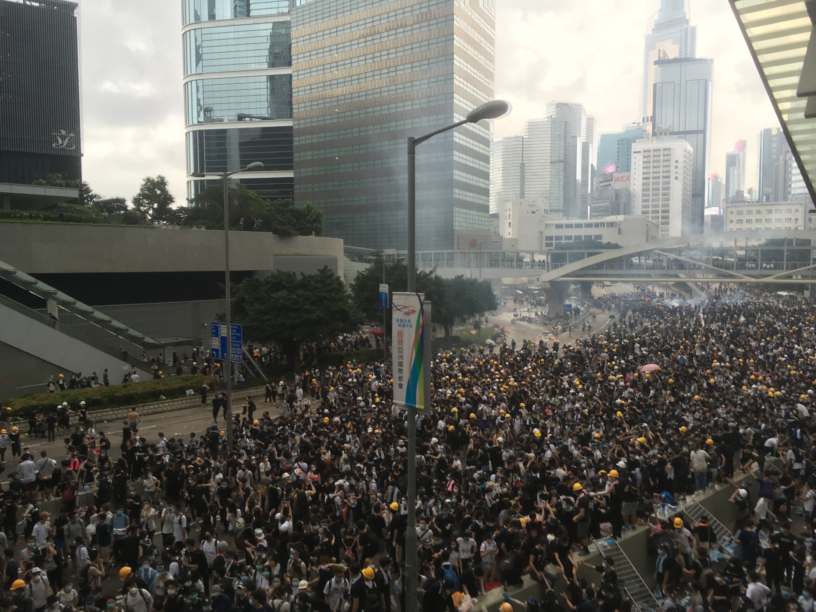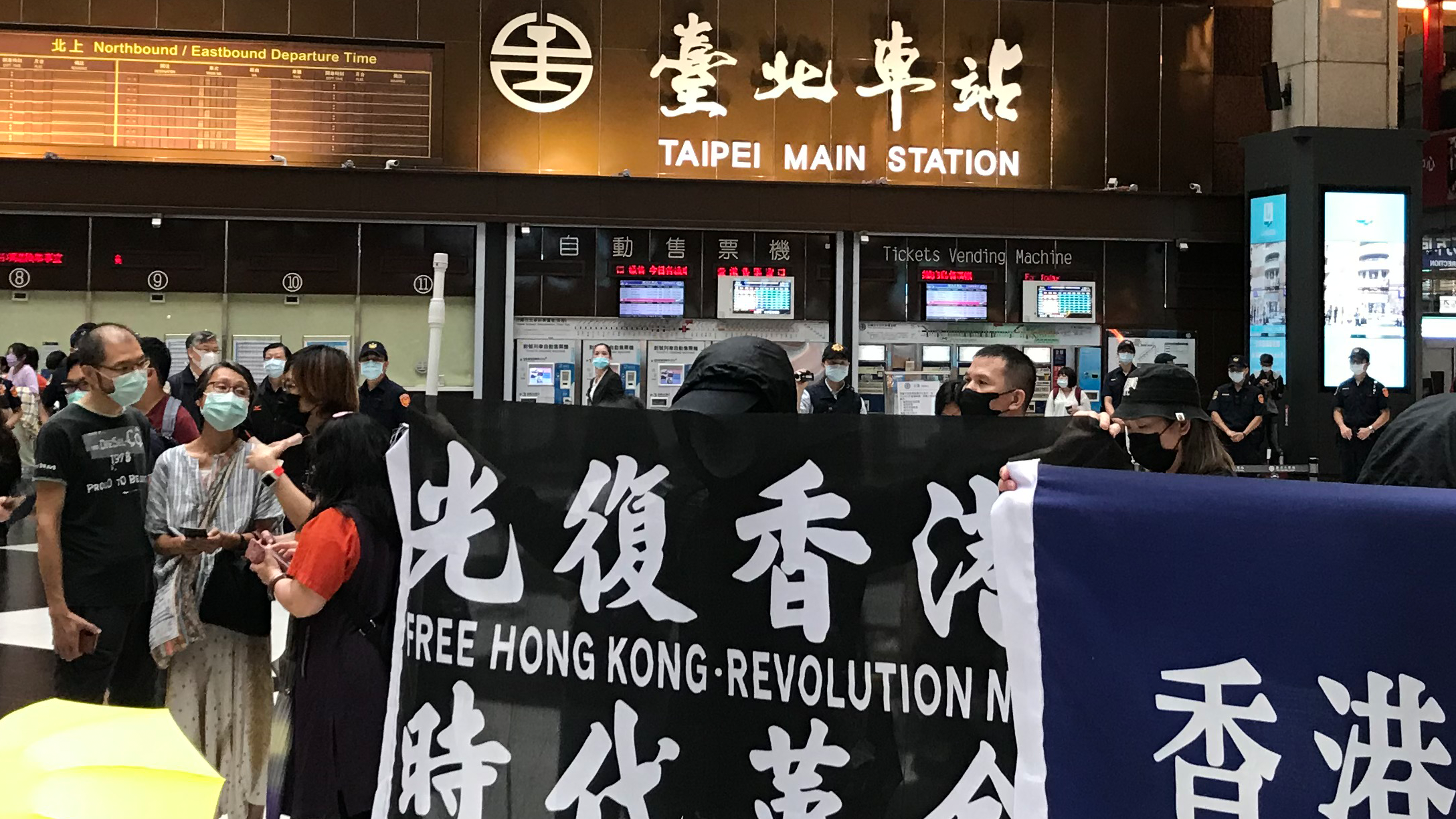On Sunday night, Hong Kong saw clashes between police and protesters like those we’ve seen over the past year. The protests had slowed in recent weeks, due to the pandemic; they’ve begun to resume as the COVID-19 situation comes under control. Plans recently announced by the Chinese national legislature to circumvent the Hong Kong government and pass security legislation aimed at targeting political dissidents have provoked further fears regarding the deterioration of political freedoms in Hong Kong, and will likely lead to another round of protests. Protests on Wednesday, police violence against demonstrators began in the afternoon and clashes continued late into the night.
“Well, looks like it’s back to another season of watching Hong Kong protest streams anxiously,” a friend quipped.
This friend went over to Hong Kong a bit ahead of National Day last year, just ahead of my own trip. I’d asked him to find gear for me—there’d been reports that Taiwanese traveling from Taiwan to Hong Kong were being searched at the airport for protest gear, such as gas masks and safety helmets. Young Asian men in particular were being singled out.
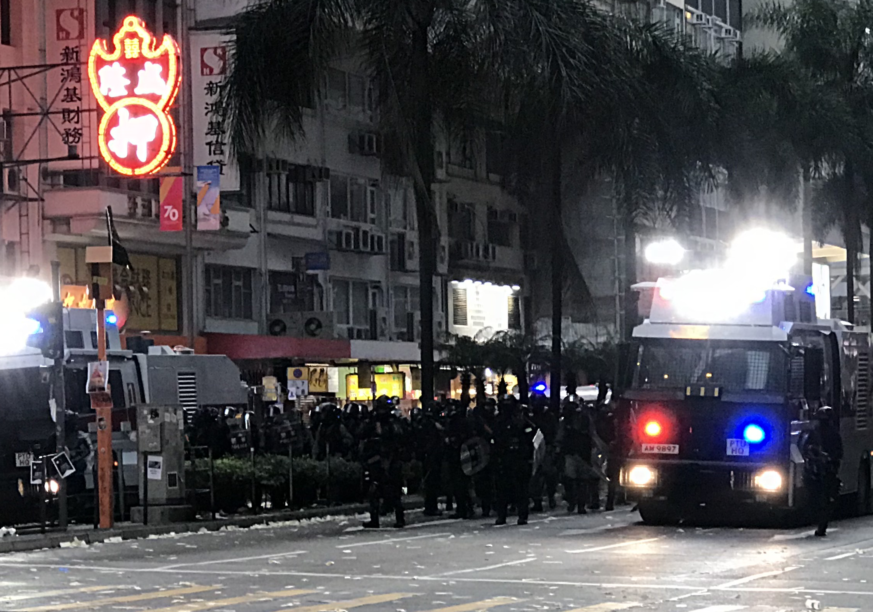
Once I got to Hong Kong, I learned my friend had a girlfriend there who was a frontliner, a term used to refer to the most active and militant of the protesters. “Love and revolution” in action, I guess.
At this point, every trip Taiwanese journalists and activists take to Hong Kong is a risk. Apart from the fact that the riot police go out of their way to target reporters, there have been cases of Taiwanese being kidnapped by the Chinese government after participating in demonstrations there.
Despite the risks, a lot of people I knew from Taiwanese activist circles participated in the National Day protests last year. A friend of my ex, an eccentric bohemian man who speaks three or four languages fluently, and who is best known for showing up at protests in a Japanese kimono with his pack of gigantic dogs in tow, got in touch with me. We agreed to check in with each other once in awhile to make sure that we were all right.
Another associate from the 2014 Sunflower Movement kept posting on Facebook about her stories of meeting Hong Kong guys, usually fellow protesters, through Tinder. She, too, was acting as a frontliner, as she had during the Sunflower Movement.
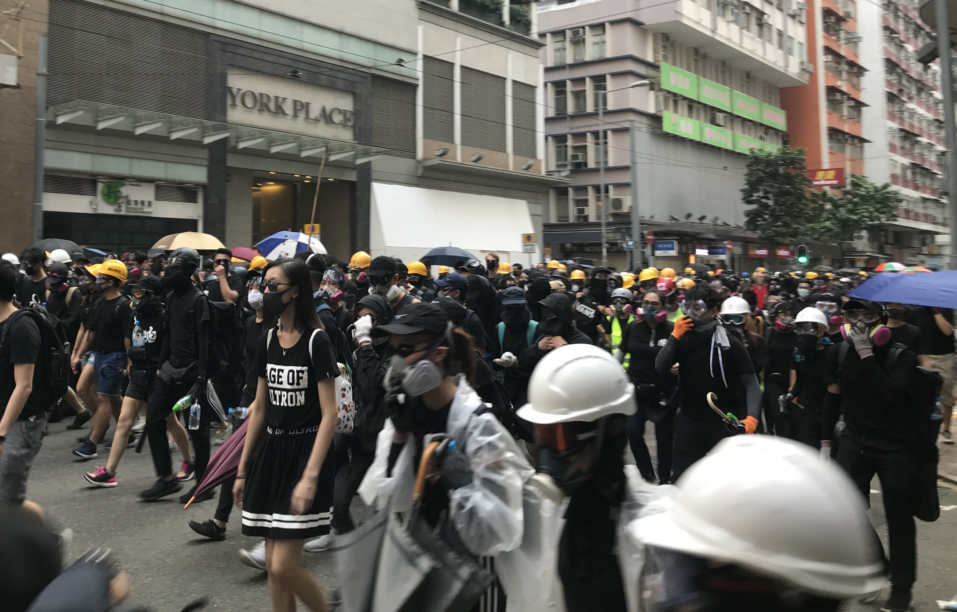
Though I found her stories amusing (I thought she seemed to be trying to imitate an Eileen Chang “Love in a Fallen City” aesthetic sometimes), this was a bit alarming to me. As a high-profile activist, she stood a good chance of being targeted.
Two others were still in college; I’d known one of them since he was a high school student, during the occupation of the Taiwanese Ministry of Education by high schoolers during the summer of 2015. I had always thought him to be very reckless about his personal safety during protests.
In the end, we all made it out okay. Still, a part of me wondered why we had all felt compelled to go to Hong Kong at all. There wasn’t much we would accomplish, except by joining as another body on the ground in the protests. It seemed like quite a lot of risk to take just for that.
When I visit Hong Kong now, it’s as a journalist and no longer as an activist or protester. But I don’t speak Cantonese, so I can’t get much context in comparison with local journalists. I’m really just a “parachute journalist”—flying into a local context, heavily reliant on local counterparts. At worst, I’ve felt like some kind of disaster tourist.
But I was primarily driven by a desire to bear witness to the events there. To validate that this series of events had happened, even if it involved taking personal risks, and to be there to witness a key transitional period for Hong Kong. So many were risking their lives in countless acts of heroism every week, while I was rather insulated from it all in Taiwan. It was an emotional concern, not a logical one, a feeling that it was the least I could do, to contribute a share of the risk. I suspect that’s what drove everyone else I knew to go over, as well.
In that respect, I find the photograph of protest graffiti I saw the other day haunting: “This revolution will have no winners, but bear witness to it.”
Graffiti on the Tsim Sha Tsui—Hung Hom bypass footbridge reads “in this revolution, no one may win, but please stay to be a witness”, and “we break the law to show its injustice”.
— Hong Kong Free Press HKFP (@hkfp) December 1, 2019
Photo: May James / HKFP. #hongkong pic.twitter.com/hj5s2rw7BW
Now, there is no longer any traveling to Hong Kong on short notice; part of the pandemic response is a mandatory fourteen-day quarantine for new arrivals. And there would be a fourteen-day quarantine getting back to Taiwan, as well. Covering even one day’s worth of events would mean being locked indoors for a month. Nobody can drop everything and hop on the next plane to Hong Kong, as many of us did in June last year.
During the first two months of last year’s protests, watching the live streams every Sunday night, I grew a lot of white hairs. But somehow I eventually got used to the rhythm of it all. That’ll probably happen this time, too. The feeling of becoming inured to disaster.
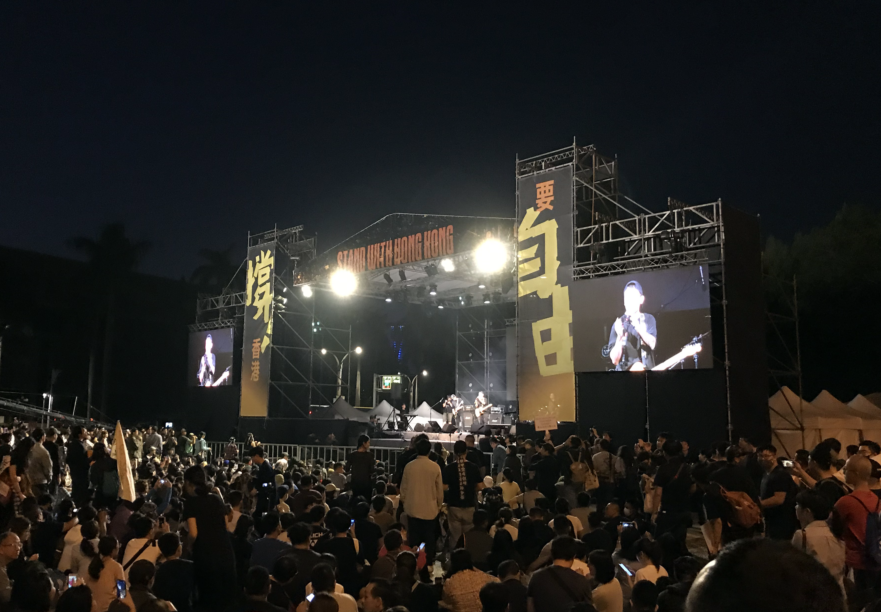
The experience of watching protests through live stream can be a strange one. I’ll never forget sitting in the Columbia University library and watching the live stream of the last-ditch attempt by a small group of activists to prevent the November 2015 meeting between Taiwanese president Ma Ying-jeou and Chinese president Xi Jinping from taking place. It was a surreal feeling, watching people I knew invade the Songshan International Airport to try and prevent the plane from taking off. I saw them running through an airport hangar, clashing with security guards, setting off a fire extinguisher to distract the police, and at one point unexpectedly running headlong into a violent pro-Beijing organized crime group. I was thousands of miles away but I felt the same burst of adrenaline that I would have if I were on the ground.

Some of my friends took to drinking, watching streams, and commiserating together on Sundays last year. I rarely joined them because I needed to keep sober to write every Sunday night. I would start articles around 3 or 4 AM, aiming to finish by 6 or 7 AM.
Even if my reports written in Taiwan lacked the immediacy of being there on the ground, I can’t deny that they may have been better than anything I would have been able to write from Hong Kong, where tear gas, pepper spray, and incoming police were constant distractions. I would be huddled in a corner typing away at my laptop while trying to maintain a vague sense of situational awareness, keeping an eye out in case the police showed up, and hampered, too, by the fact that I couldn’t understand anything being shouted around me in Cantonese.
But the question of solidarity from afar still bothers me. Not being there in person feels so insufficient, even if I know that it doesn’t make very much of a difference.
I know now how my friends who were overseas during the Sunflower Movement in 2014 felt, since I was fortunate enough to take part in it. As with any other social movement I get sucked into, maybe I’m just chasing after the sense of immediacy, of being connected to others, that I experienced during the Sunflower Movement. That sense of solidarity, in other words. In all the years since, I have been unable to escape the pull of that memory.
